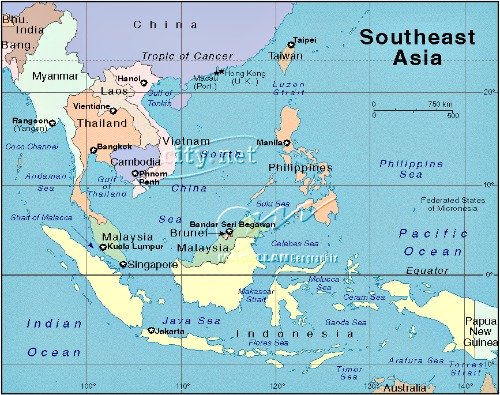Cheaper Flights to ASEAN Cities Coming This Year
Travelers will soon enjoy better access and broader flight options in travelling to other Association of Southeast Nations (ASEAN) cities, as Philippine President Benigno Aquino III signed Protocols 5 and 6 of the ASEAN Multilateral Agreement in Air Services (MAAS).
Under Protocols 5 and 6, Philippine air carriers will be allowed to fly unlimited frequencies to and beyond the capital cities of other ASEAN nations, which will lead to better and more efficient connectivity and translate to more competitive fares and services.
“This will enhance regional trade and investment opportunities for Philippine businesses that are looking to expand their markets.
It will also provide better access to Filipino individuals, such as professionals and students, who wish to explore job and educational opportunities in the ASEAN region,” said Department of Transportation and Communications (DOTC) Secretary Jun Abaya.
“We expect it to benefit our local tourism and service industries, as the agreement allows foreign airlines to increase their flights to Manila and other cities as well.
Just as it will encourage more visitors to come to the country, Filipinos will also enjoy a wider array of flight options and ticket prices to the rest of the ASEAN,” he added.

Southeast Asia
The DOTC and the Civil Aeronautics Board (CAB) will now assist Philippine air carriers in securing additional flight schedules with each of the nine other member States of the ASEAN. Government targets to have new flights operational within the next six months.
The MAAS is part of the ASEAN’s Roadmap for Integration of Air Transportation Services, essentially laying down the foundation for the envisioned ASEAN Single Aviation Market, which would in turn foster seamless connectivity within the region.
The ratification of Protocols 5 and 6 provides unlimited access to any point within the ASEAN area, more competitive and better airline services, as well as lower fares and broader options for passengers.
It highlights the Philippines’ commitment to the realization of the Single Aviation Market, and in creating a unified ASEAN Economic Community with an efficient and fully-integrated transport network.
Moreover, this development presents an opportunity for growth of our aviation sector, which will compete directly with other ASEAN carriers.
It will encourage service upgrades among our airlines, which have thus far proved to be competitive players in the ASEAN and other regional markets.
To meet the expected impact of greater tourist and economic air activity, the DOTC continues to modernize the country’s airport infrastructure.
It already rehabilitated Terminal 1 and is fully operating Terminal 3 of the Ninoy Aquino International Airport, and has begun constructing world-class airport facilities in key business and tourist centers such as Cebu, Bohol, and Puerto Princesa. (DOTC)


